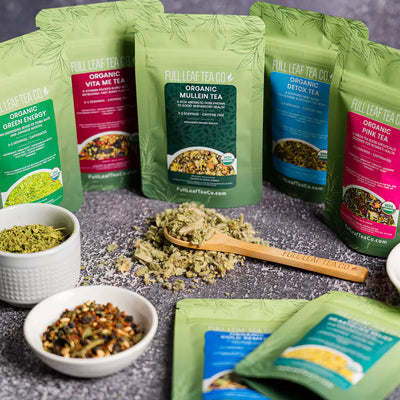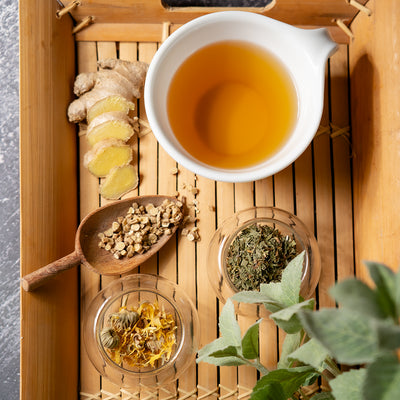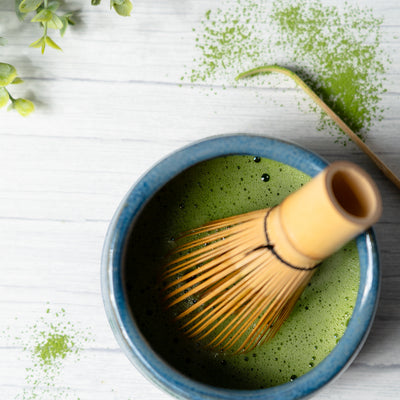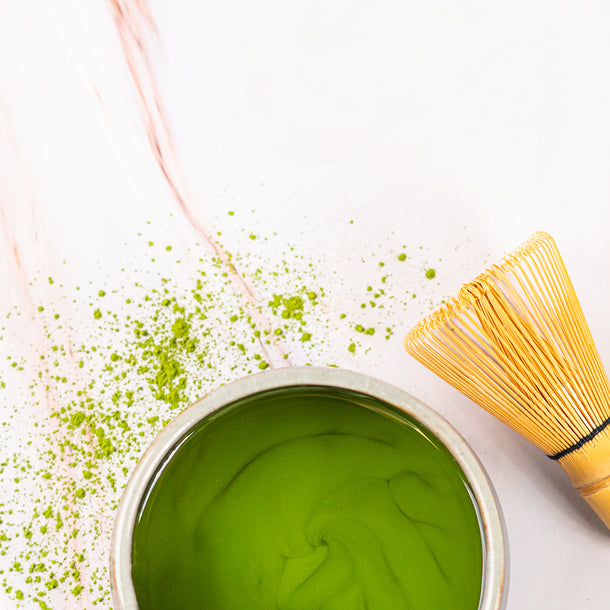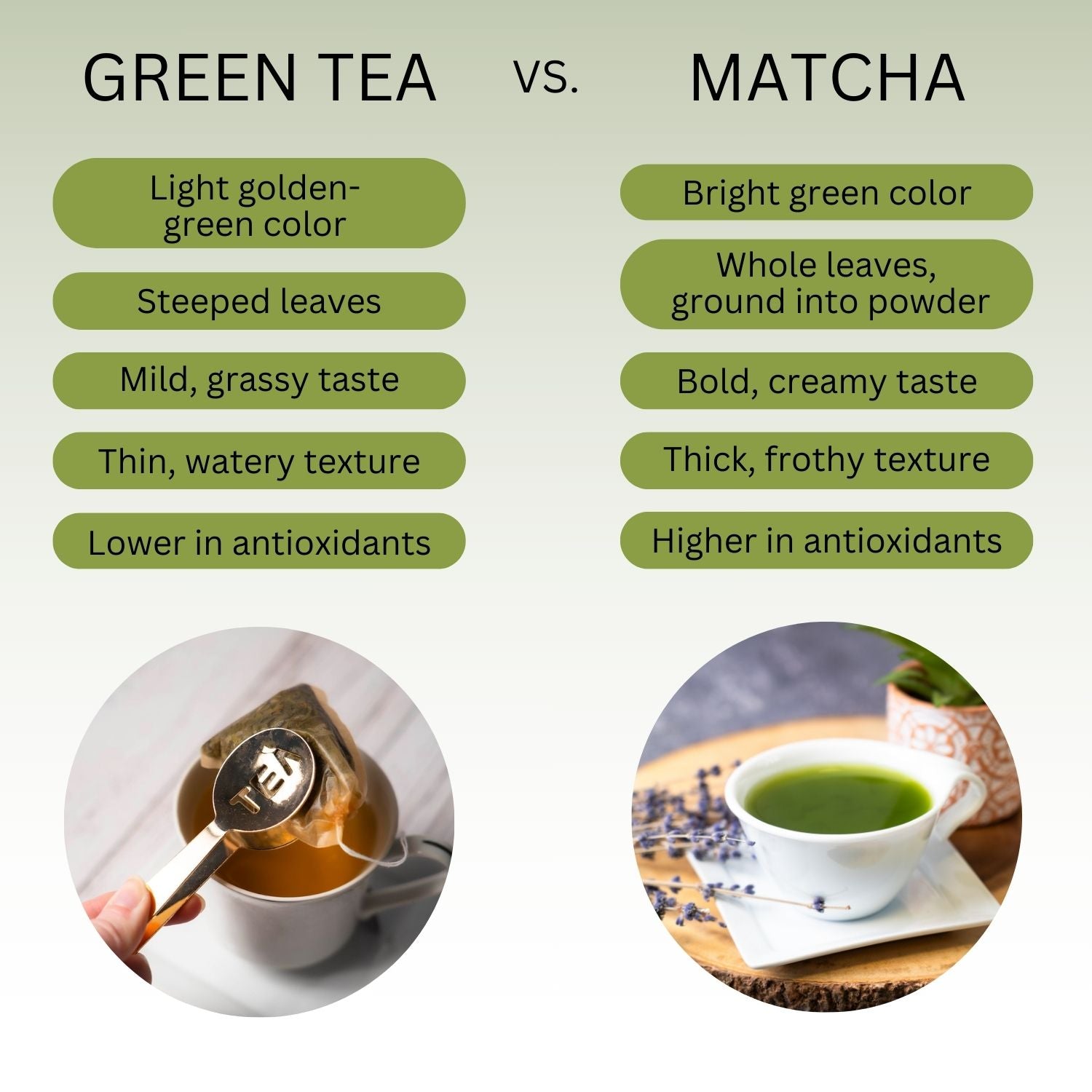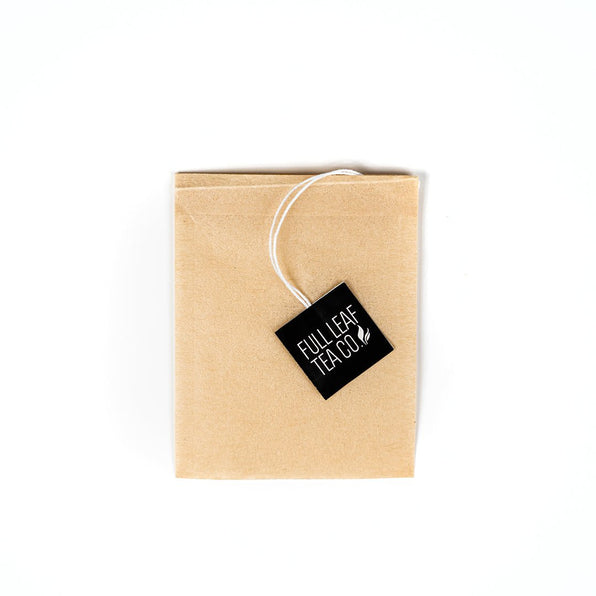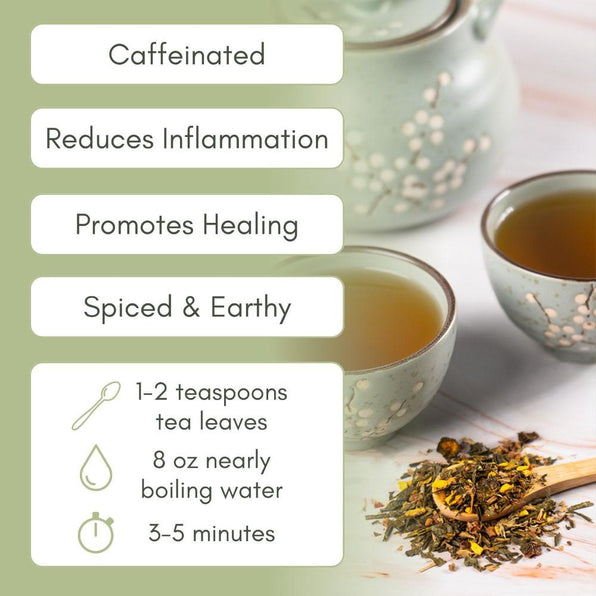Introduction to Matcha
Matcha (pronounced Ma-cha) is a form of green tea with the exception that, as opposed to traditional green tea, you consume the entire powdered matcha leaf. Matcha comes from the Camellia sinensis plant, the best of which also comes from Japan.
Matcha in Japan is shade-grown for up to a month to produce the maximum amount of chlorophyll before the leaves, stems, and veins are removed. The plant is then stone-ground into a very fine powder; this powder is mixed with and dissolved in hot water before consumption.
The shaded growth allows the plant to produce more L-theanine and caffeine than traditionally found in regular green tea. Additionally, by grinding the tea, the consumer enjoys the entire leaf – leading to increased health benefits! Over the past few years, matcha has seen immense growth and popularity among tea drinkers.

